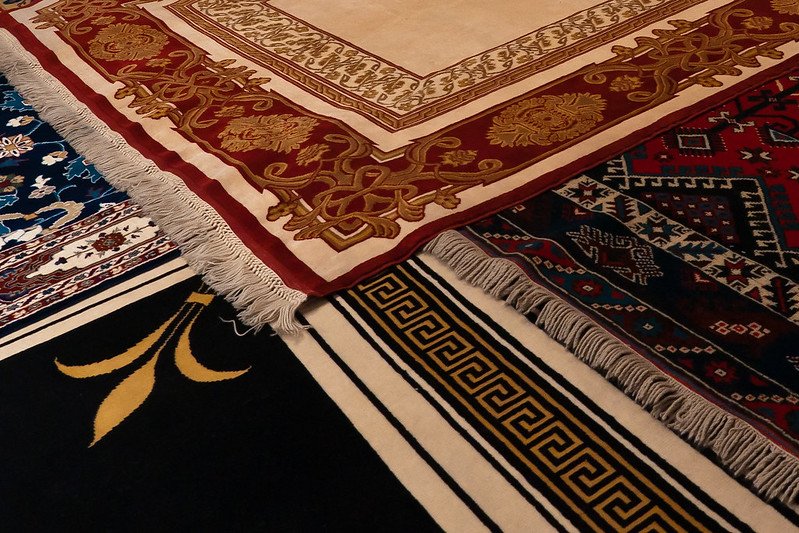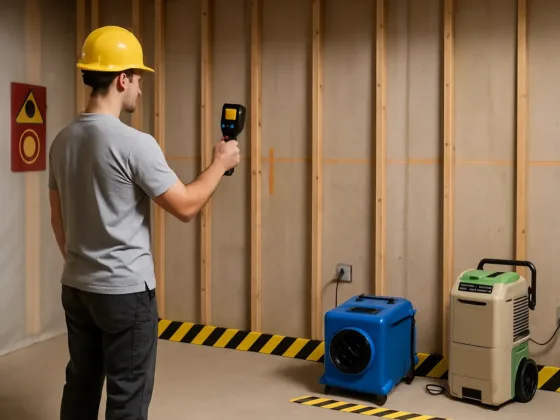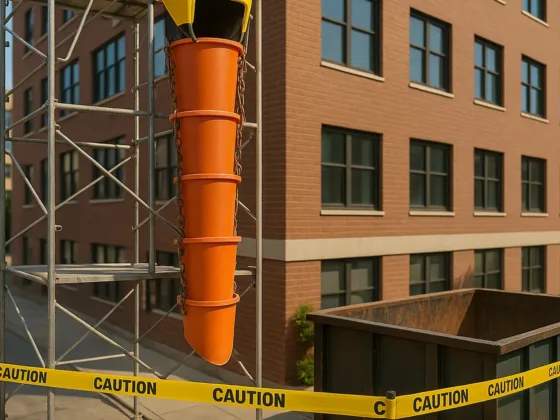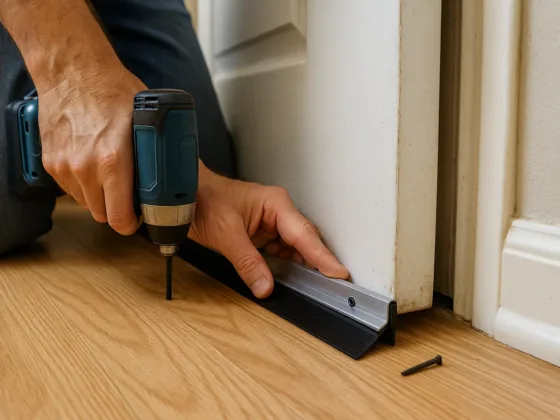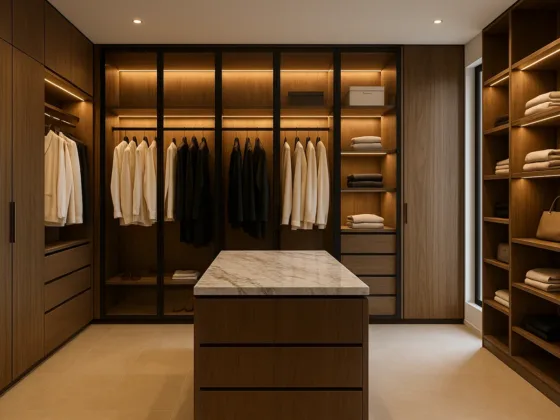Table of Contents Show
Pellet stoves are wood-burning stoves that burn compressed pellets of wood or other biomass materials. They’re a popular choice for home heating because they’re relatively clean-burning and efficient.

If you search for pellet stoves near me online, you’ll find various models and styles to choose from. Nonetheless, they all serve the same function as a primary or supplemental heat source.
If it sounds a bit too overwhelming, that’s because it is, mainly if you’ve never used a pellet stove before. The process may seem too daunting, but don’t worry we’re here to help.
Here’s a tell-all guide on pellet stoves you can find at Earth Sense Energy Systems to make the right choice for your home.
Parts of a Pellet Stove
Most pellet stoves have four main parts: the hopper, the auger, the firepot, and the exhaust blower.
The hopper is where the pellets are stored. The auger is a motorized screw that feeds the pellets from the hopper into the firepot. The firepot is where the pellets are burned.
The exhaust blower forces the hot air produced by the burning pellets out of the stove and into your home.
Read Also:
How to Use a Pellet Stove
Using a pellet stove is relatively simple:
- Fill the hopper with pellets.
- Turn on the auger to feed the pellets into the firepot.
- Ignite the pellets in the firepot.
Once the pellets are burning, you can adjust the damper to regulate airflow and control the stove’s heat output.
How do Pellet Stoves Work?
As highlighted earlier, pellet stoves have four main parts: the firepot, auger, fan, and controller. The firepot is where the pellets burn.
The auger feeds pellets into the firepot from the hopper, and the fan blows air over the fire to help it burn more evenly. The controller regulates the flow of pellets and air to the firepot.
Pellet stoves require electricity to run the auger and fan, but they can also be equipped with a battery backup in case of a power outage.
What are Pellets Made Of?
Pellets are made of compressed wood or biomass material. They’re a renewable fuel source, and they’re generally considered to be environmentally friendly. Pellet quality can vary, so it’s essential to choose pellets that are dry and free of debris.
Types of Pellets
There are two main types of pellets: hardwood and softwood. Hardwood pellets are made from denser woods, like oak or maple. They’re less expensive than softwood pellets, but they also produce more ashes.
Softwood pellets are made from lighter woods, like pine or cedar. They’re more expensive than hardwood pellets, but they produce fewer ashes.
Also, pellet quality can vary depending on the source material and manufacturing process. Be sure to choose pellets that are dry and free of debris. Avoid dusty pellets or have a high moisture content, as they can clog the stove and reduce its efficiency.
The Bottom Line
Pellet stoves are a great way to heat your home, but they’re not without their challenges.
Be sure to read the owner’s manual for your stove and follow these tips to get started using it safely and efficiently.
Also, choose the right pellets for your stove, and have it cleaned and serviced regularly to keep it running its best.
